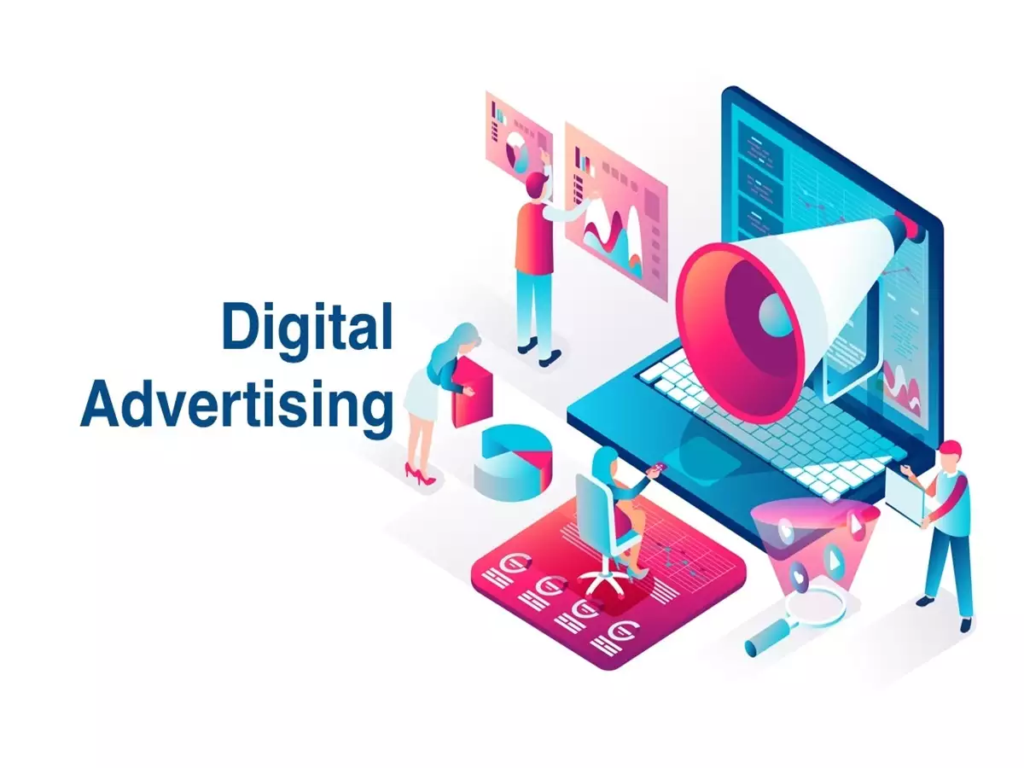In 2025, the lines between digital and social media advertising are even more blurred than just a few years ago. At the same time, their differences are critical for effective budget allocation and getting the desired result. If we try to explain it in simple words, digital advertising is the presence of a company on the Internet and online platforms. And social media is about interacting with a brand through user experience on social networks.
However, each of them works in specific cases. Most importantly, they should not always be used simultaneously, as many marketers do. Let’s figure out who will win the battle of digital advertising vs. social media advertising, analyze their pros and cons, and find out what and why to use.
Comparison of digital advertising and social media advertising: pros and cons
Let’s compare the key parameters of the two approaches to advertising.
Coverage and targeting: precision vs. scale
Digital advertising is still the king of wide coverage. When you need to get your message to the widest possible audience — no matter if it is a new mass product launch or a nationwide campaign — programmatic traffic buying through Google Display Network or YouTube video ads will deliver millions of impressions.
However, here lies the main trap. Such coverage is often “blind”. Even with modern targeting algorithms, part of your budget will inevitably go to showing irrelevant audiences that just happened to be on the site with your banner.
It’s a completely different story with social networks. Here, targeting has reached an almost frightening accuracy. Meta and TikTok algorithms now take into account not only the obvious actions of users (likes, reposts) but also their passive behavior: which videos they watch to the end, on which frames they pause, and which profiles they view in Stories without subscribing.
In other words, sneaker ads will be shown not just to “sports fans”, but specifically to those who have spent the last two weeks looking for reviews of new running shoe models, watching marathons on IG Live, and saving workout posts. In addition, as of February 2025, the average daily use of social networks is 2 hours 21 minutes. This means that people spend most time on social networks.
Cost and ROI: Where your money turns into real sales

If we talk about the cost of attracting attention, digital advertising is becoming an increasingly “expensive pleasure”. In highly competitive niches (finance, real estate, B2B services), the cost per click in Google Ads can reach $50-100. At the same time, banner advertising on websites, despite its apparent cheapness, often demonstrates a depressingly low conversion rate – less than 0.1%. This turns digital advertising into a tool for those who already have a recognizable brand and a large advertising budget.
Social networks offer a different way. Here, the cost per click is lower on average and easier to regulate with the right budgeting, but the main advantage is engagement. A user in the Instagram or TikTok feed is psychologically ready for the content (unlike intrusive banners), which means there is a higher probability that he will not only click but also perform a target action.
This is especially evident in influencer marketing. Why? Because trust in a “live person” still outweighs trust in a brand. When a blogger on camera says, “I use this cream every day,” it is perceived not as advertising, but as a recommendation from a friend — and people are willing to pay for friendly advice.
According to a HubSpot report, short videos, photos, and live broadcasts on social networks have become the leading formats with the highest return on investment (ROI). However, there is a nuance: social networks require a fundamentally different approach to content.
While digital advertising can get by with template creatives (provided that you target them correctly), on TikTok or Reels, your brand must be able to entertain, surprise, or provoke. Algorithms are merciless to “boring” ads — they simply won’t give them coverage. This makes social media advertising both cheaper in terms of engagement, but also more resource-intensive in terms of content production.
Engagement and creativity: why social networks are turning advertising into art
In the world of digital advertising, creativity has gradually become a hostage to formats. Banners, even the most beautiful and animated ones, remain banners — users have learned not to notice them, and pre-rolls on YouTube are often perceived as an annoying hindrance before the main content. The average CTR of display advertising barely reaches 0.1%, and this is not because creatives have become worse.
It’s just that the format itself has become psychologically outdated — our brain automatically filters out everything that looks like traditional advertising. Even native advertising, built into the content of websites, works only if it perfectly matches the user’s interests at a particular moment in time.
Social networks blend ads with content. AR filters on Instagram, like trying on glasses, feel like entertainment, not promotion. Reels and TikTok erase the line between ads and user content, boosting engagement.
Successful campaigns here are built not on product demonstrations but on emotions, storytelling, and even the self-irony of brands. A good example is the trend of “crazy” commercials, where the more absurd the situation, the higher the virality. And if you want to get more engagement from users but don’t know how, use a simple ad server service or apply working tools in your strategy.
Conversions and analytics: Where does money turn into results?
Digital ads and social networks excel in different ways. Google Ads and LinkedIn are key for B2B, where decisions are rational and based on clear criteria. Search ads capture potential clients actively seeking solutions. B2B lead conversion can hit 5-7%, with high-value transactions covering costs.
A completely different dynamic is observed in B2C, where social networks, especially Instagram and TikTok, have become the main sales drivers. The magic of impulse purchases works here – when a user, captivated by the content, purchases in just a few taps on the screen, without having time to think about the decision.
Built-in stores in social networks have shortened the path from viewing an ad to a purchase to a minimum. Analytics has also made great strides: now you can track not just a conversion but the entire user path – from the first viewing of Reels to a comment under a post and a subsequent purchase a week later.
However, there is an important distinction. If conversions are more stable and predictable in digital advertising than in social networks, the success of a campaign largely depends on the brand’s ability to fit into current trends. A video that has collected a million views today may be completely ineffective tomorrow simply because the algorithm has changed priorities.
So, what is better, digital advertising or social networks?
In 2025, dividing the advertising budget according to the “either-or” principle means deliberately limiting your capabilities. Real efficiency is achieved only through a hybrid strategy, where social networks and digital channels work together.
The optimal distribution today looks like this:
- 70% of the budget — in social networks (creative content, influencer marketing, viral mechanics).
- 30% in digital advertising (context, retargeting, programmatic for “finishing off” the audience).
Why is it exactly so? Because social networks create demand, and digital tools monetize it. A user who first learned about your brand through Reels may type your product in a search a week later — and contextual advertising will work here. Someone who viewed a product on the site but did not buy it will see a banner with a personal offer — and this is already programmatic.
The main rule of 2025 is not to make channels compete, make them work together. This is the only way to overcome the “advertising fatigue” of the audience and achieve maximum ROI. The future belongs to those who think comprehensively.
BIO:
Stacey Wonder is a content marketer who enjoys sharing best practices for self-development and careers with others. In her free time, Stacey is fond of contemporary dance and classic French movies. You may feel free to reach out to her at GuestpostingNinja@gmail.com or for collaboration suggestions.




